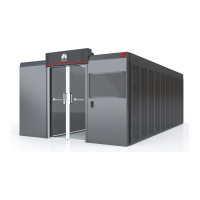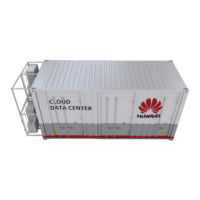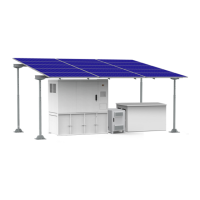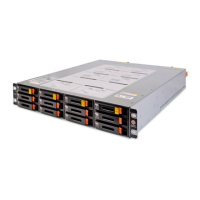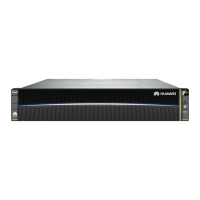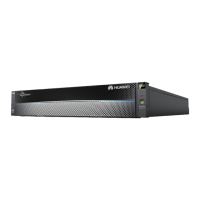Step 3 Collect alarm information.
After an alarm is generated, immediately collect the following information:
● Occurrence time and place
● Detailed fault symptoms
● Operations performed before the fault occurs
● Services and scope
aected by the fault alarm
● Measures taken after the fault occurs and the
eect
----End
Example
Table 4-1 Alarm information collection table
Alarm
ID
Alarm Alarm
Time
Alarm
Location
Sympto
m
Type Current
Operatio
n
Impact Measures
Taken and
Eect
- - - - - - -
- - - - - - -
- - - - - - -
4.3 Determining the Faulty Area and Alarm Severity
After receiving a fault alarm, determine the alarm severity immediately. If the
alarm is critical, perform emergency operations. If not, handle it as a common
alarm.
Critical alarms include the following:
● Alarms that cause system shutdown
● Alarms that result in equipment damage or
aect equipment usage
● Alarms that may result in serious results (such as re or communication interruption)
4.4 Locating and Rectifying Faults
Locating Faults
Locate faults from the following aspects:
● Component: Locate the component for which the alarm is generated.
● Module: Locate the faulty module after locating a faulty component.
FusionModule2000 Smart Modular Data Center
Maintenance Guide (Fusion Module Actuator) 4 Alarms and Troubleshooting
Issue 01 (2020-12-25) Copyright © Huawei Technologies Co., Ltd. 52
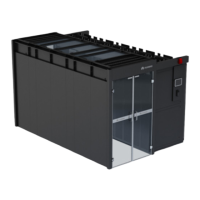
